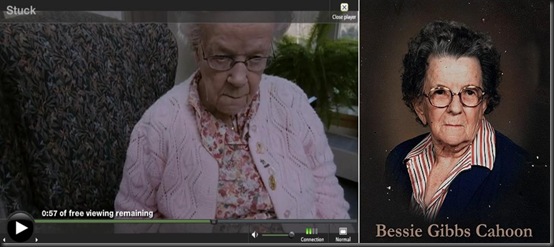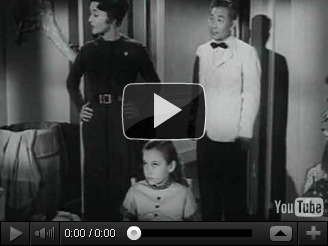Kay's Film Analysis: One Step Beyond, Dead Ringer - 3rd revision…
Last night someone engaged me in conversation about this and I used the word translocation. It came to me after hearing the word bi-location near the end of the film which was used to refer to the location of Esther’s soul in a place outside herself. Translocation would be the same as projective identification, which is a putting of something from the psyche or mind into another without disclosing the entirety of what is being put in, for instance Esther might have mentioned to some friend that she was in a fire in her youth and maybe even mentioned her sister was there but was living elsewhere. While she never mentions setting fire to the school killing her sister, it is there in her mind and without speaking she transfers it to this other person. This is the translocation and transference. She has put into the other her emotional state as well as her thoughts about having set the fire, which never really leave her, they are merely separated from her consciousness. The recipient of this translocation of trauma may not be aware this is happening to them and may even be rendered unconscious after it has occurred. They may then begin to re-enact the events sometimes even in a kind of reverse order. Esther fell ill and fainted each time the other person set a fire and as was mentioned, fires were reported in several places. Because the person setting the fires was unaware of the cause in order to stop it they kept repeating it and would keep repeating it until a resolution was reached.
This brought to light in my mind that most cases of trauma did not originate in every individual although one might be harmed by the re-enactment, which is a repeating of the trauma until the cause has been uncovered and resolved. This repeating does not have to lay with one person but many people could have been subjected to Esther’s accident before the truth would be discovered.
It is that which is unknown that causes the most problems.







